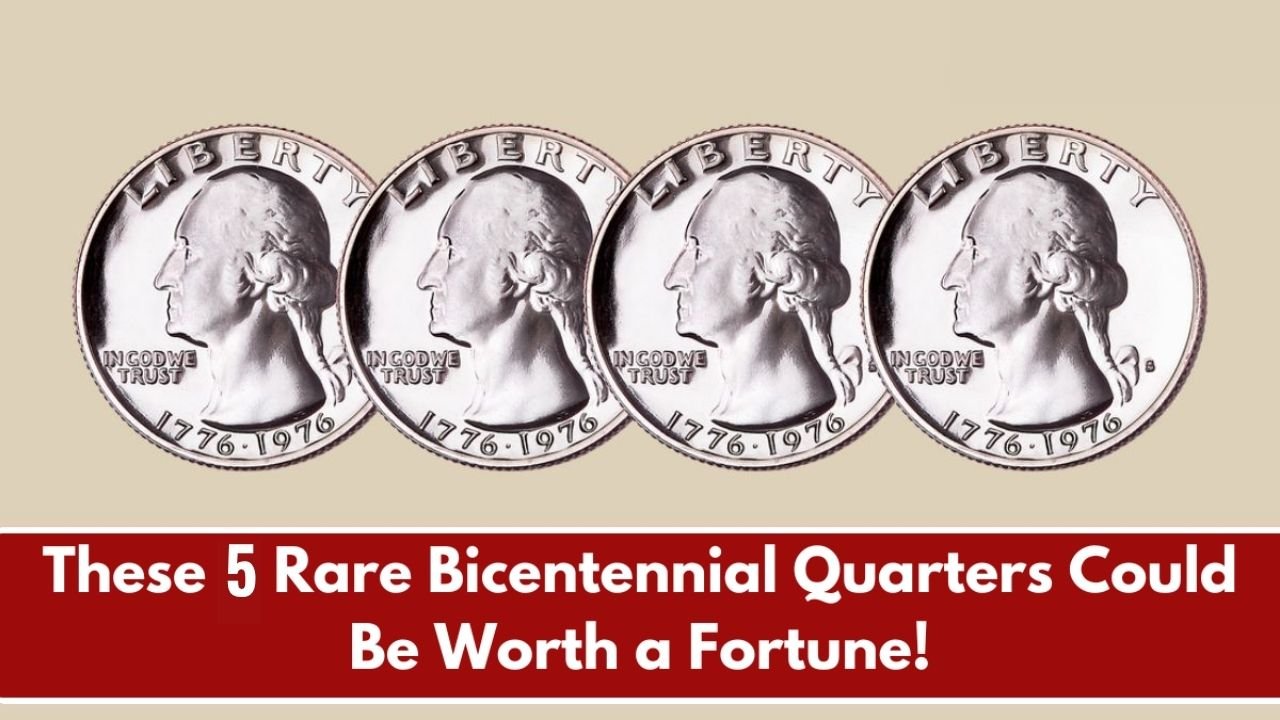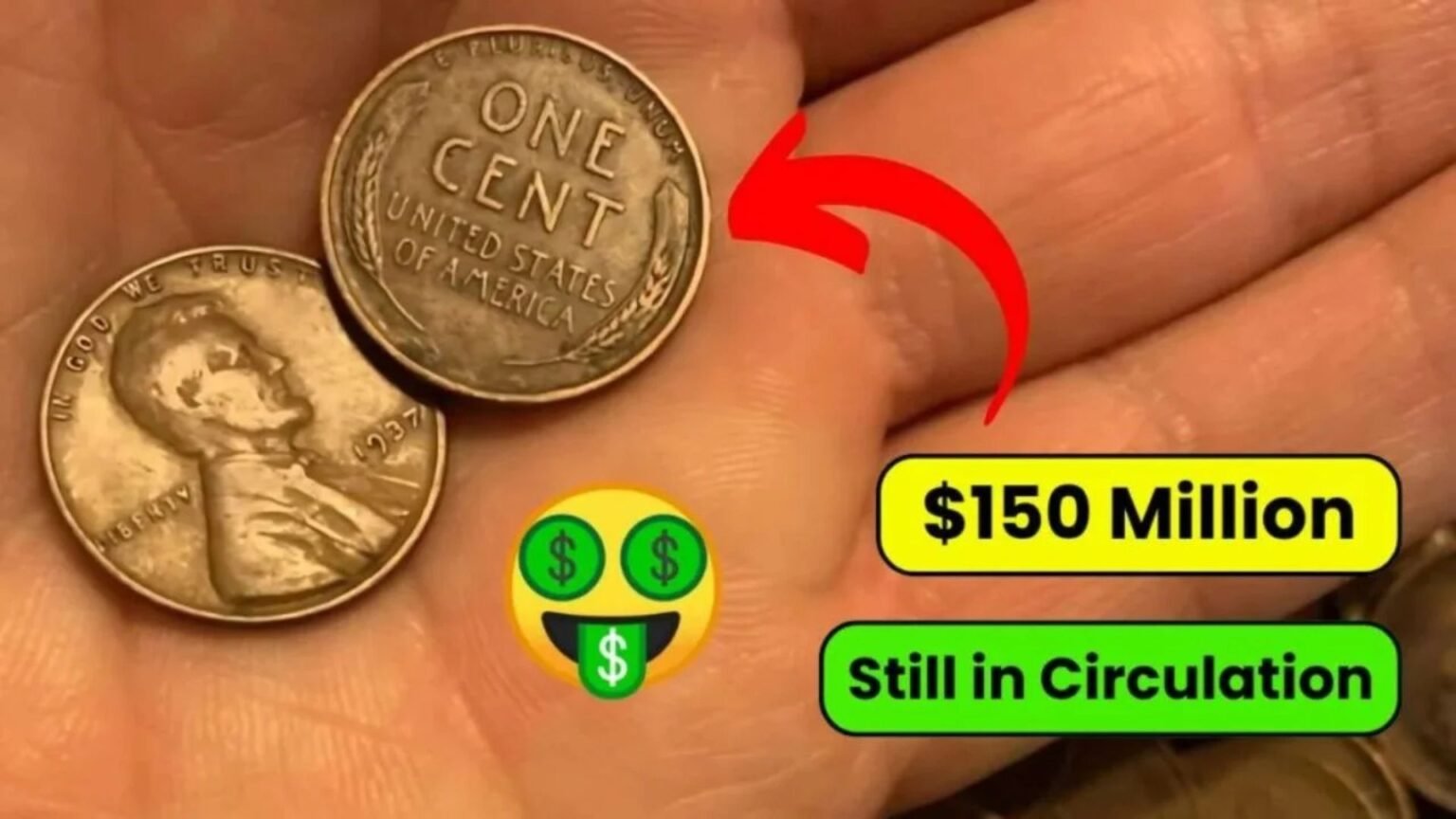Imagine finding a quarter in your pocket worth millions! The 1976 Bicentennial Quarter, minted to celebrate America’s 200th birthday, isn’t just pocket change for some collectors. Certain rare versions could make you rich. Curious? Let’s dive into these hidden treasures and how to spot them!
What Are Bicentennial Quarters?
Bicentennial Quarters are special 25-cent coins minted in 1975 and 1976 to mark the United States’ 200th anniversary of independence. Unlike regular quarters, they feature a unique reverse design: a colonial drummer boy with a victory torch circled by 13 stars, symbolizing the original colonies. The obverse shows George Washington with the dual date “1776-1976.” While over 1.7 billion were made, a few rare ones are worth a fortune.
The History Behind Bicentennial Quarters
In 1976, America was buzzing with Bicentennial fever, celebrating 200 years since the Declaration of Independence. The U.S. Mint joined in, producing commemorative quarters, half dollars, and dollars. The quarter’s reverse, designed by Jack L. Ahr, was chosen from a nationwide contest with a $5,000 prize. Minted in Philadelphia, Denver, and San Francisco, these coins flooded circulation, but rare errors and special compositions made some stand out.
| Mint Location | Mintage | Composition |
|---|---|---|
| Philadelphia | 809,784,016 | Copper-Nickel Clad |
| Denver | 860,118,839 | Copper-Nickel Clad |
| San Francisco | 11,000,000 | 40% Silver (Uncirculated) |
| San Francisco | 4,000,000 | 40% Silver (Proof) |
| San Francisco | 7,059,099 | Copper-Nickel Clad (Proof) |
Why These Quarters Are So Valuable
Most Bicentennial Quarters are worth just 25 cents, but rare variants fetch millions due to minting errors, unique compositions, or pristine condition. Errors like double strikes or missing mint marks make them collector’s gold. Silver versions from San Francisco, especially in perfect condition, are also prized. As we near America’s 250th anniversary in 2026, demand for these coins is soaring.
Key Factors Driving Value
- Minting Errors: Double die obverse (DDO), off-center strikes, or wrong planchet errors.
- Silver Composition: 40% silver coins from San Francisco are scarcer than clad versions.
- Condition: Coins graded MS-67 or higher by PCGS or NGC are highly sought after.
- Rarity: Errors like the “No S” proof quarter are extremely rare.
How to Spot a Rare Bicentennial Quarter
Think you have a valuable quarter? Check your change! Here’s how to identify a rare Bicentennial Quarter:
- Look for the Mint Mark: San Francisco coins (marked “S”) are often silver. No mint mark means Philadelphia, but rare “No S” proofs are worth millions.
- Check for Errors: Use a magnifying glass to spot doubling on “LIBERTY” or the date. Off-center strikes or odd planchets are also valuable.
- Weigh the Coin: Silver quarters weigh 5.75 grams; clad ones are 5.67 grams.
- Inspect Condition: Uncirculated or proof coins with no wear are more valuable.
- Get It Graded: Professional grading by PCGS or NGC confirms authenticity and value.
| Error Type | Description | Estimated Value |
|---|---|---|
| No S Proof | Missing “S” mint mark | Up to $3M+ |
| Double Die Obverse | Doubling on text/design | $500–$5M+ |
| Off-Center Strike | Misaligned design | $2.3M+ |
| Wrong Planchet | Struck on dime or other blank | $1.8M+ |
| Silver Proof (MS70) | Perfect condition silver coin | $4.5M+ |
Notable Facts About Bicentennial Quarters
- Massive Production: Over 1.7 billion quarters were minted, making most common.
- Silver Rarity: Only 15 million San Francisco coins were 40% silver, mainly in collector sets.
- Record Sale: A 1976-S Silver Proof sold for $19,200 in 2019 due to its high grade.
- Error Rarity: The “No S” proof quarter is one of the rarest, with fewer than 50 known.
- Cultural Impact: These coins sparked a coin-collecting boom in the 1970s.
Expert Tips for Coin Collectors
Ready to hunt for these treasures? Here’s how to get started:
- Check Your Change: Look at every 1776-1976 quarter you find.
- Use a Magnifier: Spot subtle errors like doubling or die cracks.
- Store Properly: Keep potential finds in protective cases to preserve condition.
- Get Professional Grading: PCGS or NGC grading boosts value and authenticity.
- Join Collector Communities: Forums and coin shows offer tips and buyer connections.
- Sell Smart: Use reputable auction houses like Heritage Auctions for high-value coins.
Frequently Asked Questions
Are all Bicentennial Quarters valuable?
No, most are worth 25 cents. Only rare errors or silver versions in top condition fetch millions.
How do I know if my quarter is silver?
Check for an “S” mint mark and weigh it. Silver quarters are 5.75 grams.
What’s the most valuable Bicentennial Quarter?
The 1975 “No S” Proof Quarter, valued up to $3 million due to its rarity.
Where can I sell a rare quarter?
Try Heritage Auctions, PCGS, NGC, or reputable coin dealers.
Can I find these in circulation?
Yes, some rare coins are still out there, especially error coins.
Conclusion
Bicentennial Quarters are more than just change—they’re a piece of American history with the potential to change your life. With values reaching $3 million or more for rare variants, it’s worth checking your coins for errors, silver composition, or pristine condition. Start hunting, get them graded, and you might uncover a hidden fortune. Share this post with fellow collectors, and let us know in the comments if you’ve found a rare coin!






